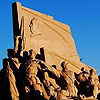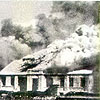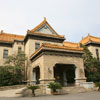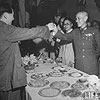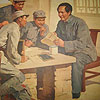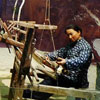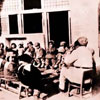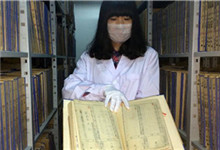Q&A on Chinese People’s War of Resistance against Japanese Aggression
 0 Comment(s)
0 Comment(s) Print
Print E-mail China.org.cn, October 21, 2015
E-mail China.org.cn, October 21, 2015
 |
Editor's note:
Focusing on the main areas of interest of the international community regarding the Chinese War of Resistance against Japanese Aggression, and in order to make information about the war more readily available, we have selected 30 topics on the basis of the book and presented them in question and answer form, providing concise explanations and sharing historical details rarely known by international audiences. >>
|
Q&A:
|
Related Special Reports:
|
|
|
|
|



